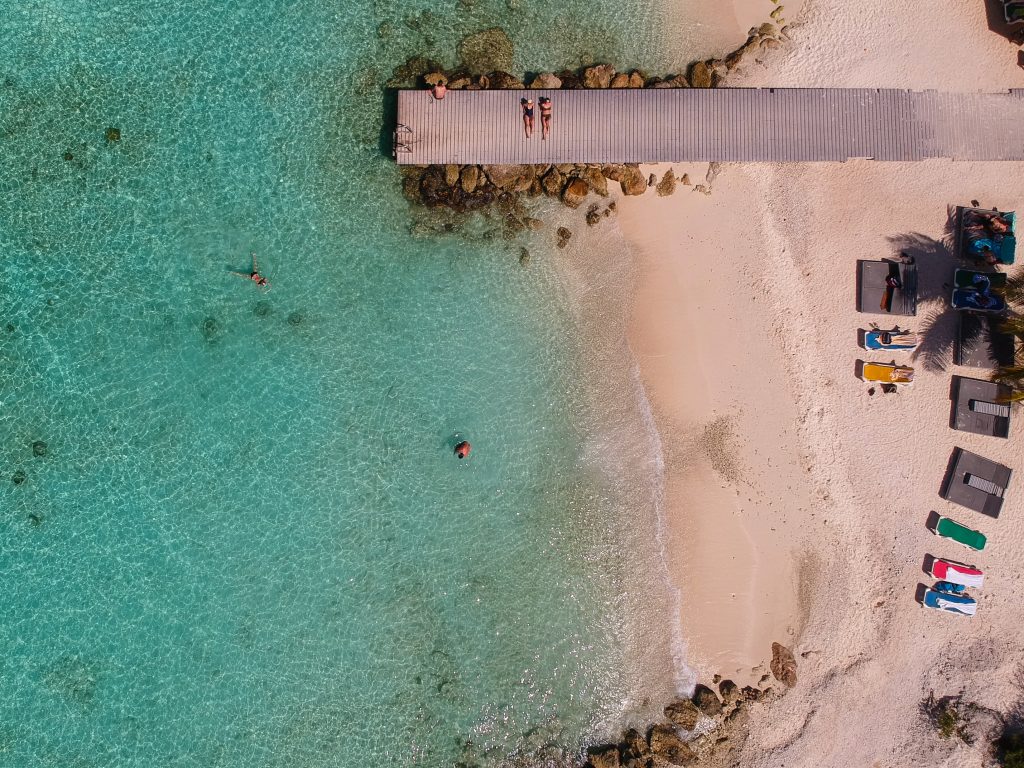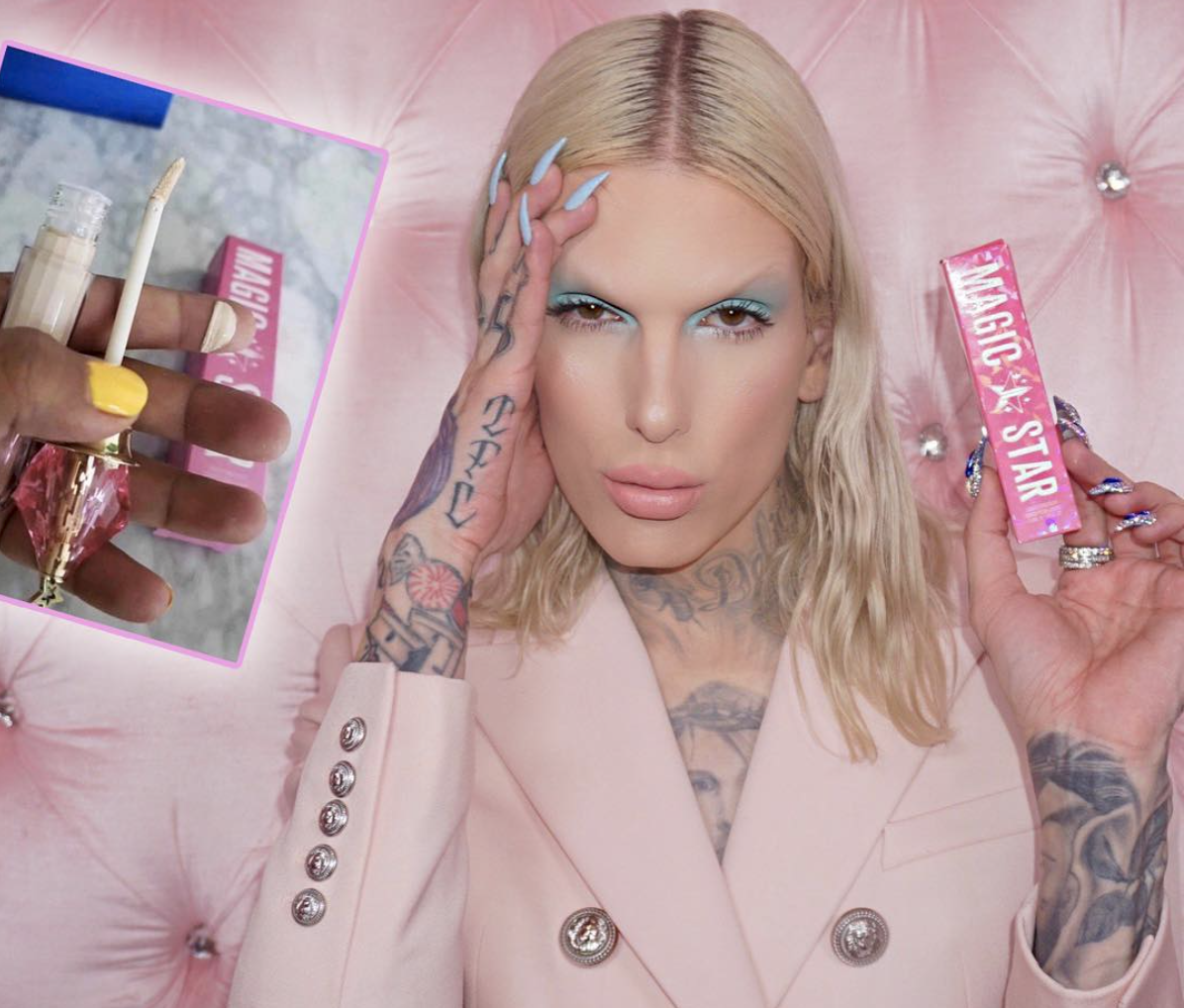Fyre: Two Documentaries Tell a Very Different Story
As streaming services start to replace traditional film and TV production companies, a battle for viewership is breaking out. The latest contenders? Hulu vs. Netflix.
Last week, Netflix was set to release its documentary Fyre about the 2017 Fyre Festival that became the scam to end all scams. But on Monday Hulu’s own version of the festival story called Fyre Fraud got an early release. So, the question remains, who did it better?
First, let’s back up. If you’ve never heard of the infamous Fyre Festival, then congratulations you’re in for a wild story. The Fyre Festival was supposed to be the ultimate music festival — think Coachella but ten times more luxurious and exclusive. And little-known fact: the festival was actually a promotion for the accompanying Fyre app, a talent booking software that was supposed to be like the Uber of the talent booking industry. The festival was going to take place Pablo Escobar’s private island in the Bahamas where there would be two weekends of music (Blink 182 and Major Lazer were both set to come), gourmet food, private jets, luxury beachfront villas, and the party of a lifetime all for the reasonable price range of $5,000 to $250,000.
With expectations high, attendees showed up to the first weekend of the festival in April 2018 to find hurricane shelters set up in the backyard of a Sandals Resort. (Yikes.) What went wrong? The Netflix and Hulu productions went to find out.
While some comparative reviews of the documentaries will tell you that the films are basically the same, there are quite a few major differences. The first noticeable differences are the way that the stories are portrayed. Hulu calls their documentary a “true-crime comedy,” which is what really caused the film to miss the mark in my opinion. In an attempt to reflect all the ridiculous memery (yes, that is now a word) that surrounded the failure of the festival, Hulu frequently inserted clips from popular TV shows in between scenes, at one point comparing two of the festival’s manufacturers to Michael Scott and Dwight Schrute and comparing the company Magnisus (we’ll get to that in a second) to Tom Haverford’s hilarious business venture Entertainment 720. The film’s ending sequence rolled out to a crescendoing rendition of “Build Me Up Buttercup,” which left me cringing in front of my computer screen.
With this light-hearted take on what could have been a pretty a serious disaster, Hulu managed to use this documentary to blame everything on millennials. (Insert eye roll here). The cutting cultural commentary of the film was that if millennials weren’t so motivated by FOMO, Instagram, and supermodels, then this never would’ve happened in the first place. (Florals? For spring? Groundbreaking.)
But this could not be further from the truth. From Woodstock to Burning Man to Live Aid to Coachella, music festivals like this have always been popular. And, as one interviewee pointed out in Netflix’s documentary, attendees at Woodstock experienced mudslides, drug overdoses, and lack of food and water, but it’s in the history books as an iconic cultural event of the time. How did Woodstock survive all of this bad PR? Well, because there was no social media.
The one redeeming quality of the documentary is it explored the “weaponization of social media”. (And you’ll see why Netflix was unable to do this in a minute .) Hulu really showed the way in which one charismatic man (although I personally found him pathetically delusional) was able to defraud millennials with the support of influencers, such as Bella Hadid and Kendall Jenner.
On the flip side, Netflix’s film was branded as a serious, hard-hitting investigation into the festival. It was more cohesive than Hulu’s version; however, as a viewer I felt the film often didn’t answer the right questions, making it at times over-dramatized and insincere. Unlike the Hulu documentary, many of the interviewees in Netflix’s Fyre — which included employees of the festival, members of the marketing team, and festival attendees, to name a few — seemingly refused to take any responsibility for the failure of the festival, despite the numerous red flags that led up to the event. If you want a basic summary of the denial that took place in the film look no further than this unsolicited tweet from Ja Rule, who became the face of the festival.
This very different take on the festival can be attributed to the fact that Jerry Media, the marketing firm that was hired to create the buzz around the Fyre Festival, was also a producer for the Netflix documentary. (Gasp. I didn’t realize this until Hulu threw major shade during their own documentary.) This huge lapse in journalistic integrity explains why all of those involved in the making of the festival went pretty easy on themselves and played the victim — not say that there weren’t any victims. (Note: A former Jerry Media employee was interviewed in the Hulu documentary and expressed a lot of uncertainty and subsequent remorse in the company’s participation in the festival.)
Fyre was the brain child of a man named Billy MacFarland, who had made a name for himself in New York City starting a social club called Magnisus, whose membership came with a black metal credit card. MacFarland played a major character in both documentaries, for obvious reasons, but more so in Hulu’s film which featured an exclusive interview the now-incarcerated mastermind behind the project. The big catch to this was: a) MacFarland just spends most of the interview uncomfortably squirming in front of the camera repeating the answers his lawyers probably told him to memorize and b) Hulu actually PAID MacFarland to do the interview! (Double gasp.) In conclusion, neither of these docs has a squeaky clean record in the integrity department.
What really surprised me was that both films failed to go into the real tragedy of the whole Fyre fiasco. (And no, it wasn’t that a bunch of social media influencers plus a few hundred other people spent their last thousand dollars to sleep in a FEMA shelter and eat a cheese sandwich.) Although Netflix dug into this issue a little more than Hulu, neither film investigated nearly enough into the failed festival’s exploitation of the hundreds of Bahamian workers who were never paid. (Although a GoFundMe has been set up and reached its goal for the restaurant owner in Netflix’s documentary who tearfully revealed that she had spent $50,000 of her own money undoing the damage that the festival had left behind.)
Together these two films give a more complete story of the series of events that led to the massive failure that was the Fyre Festival. But, separately, they tell two different accounts: one, a comical cultural comment on the lengths that millennials will go to “do it for the ‘gram” and, the other, a tale of epic tragedy — but mostly for the white people.
All in all there still seems to be a lot of unanswered questions about the Fyre Festival, which just goes to show that when you fight fyre with fyre, nobody wins. (P.S. If you’re just looking for the Cliff Notes version of the Fyre Festival docs, then this YouTube video will do just as well.)




